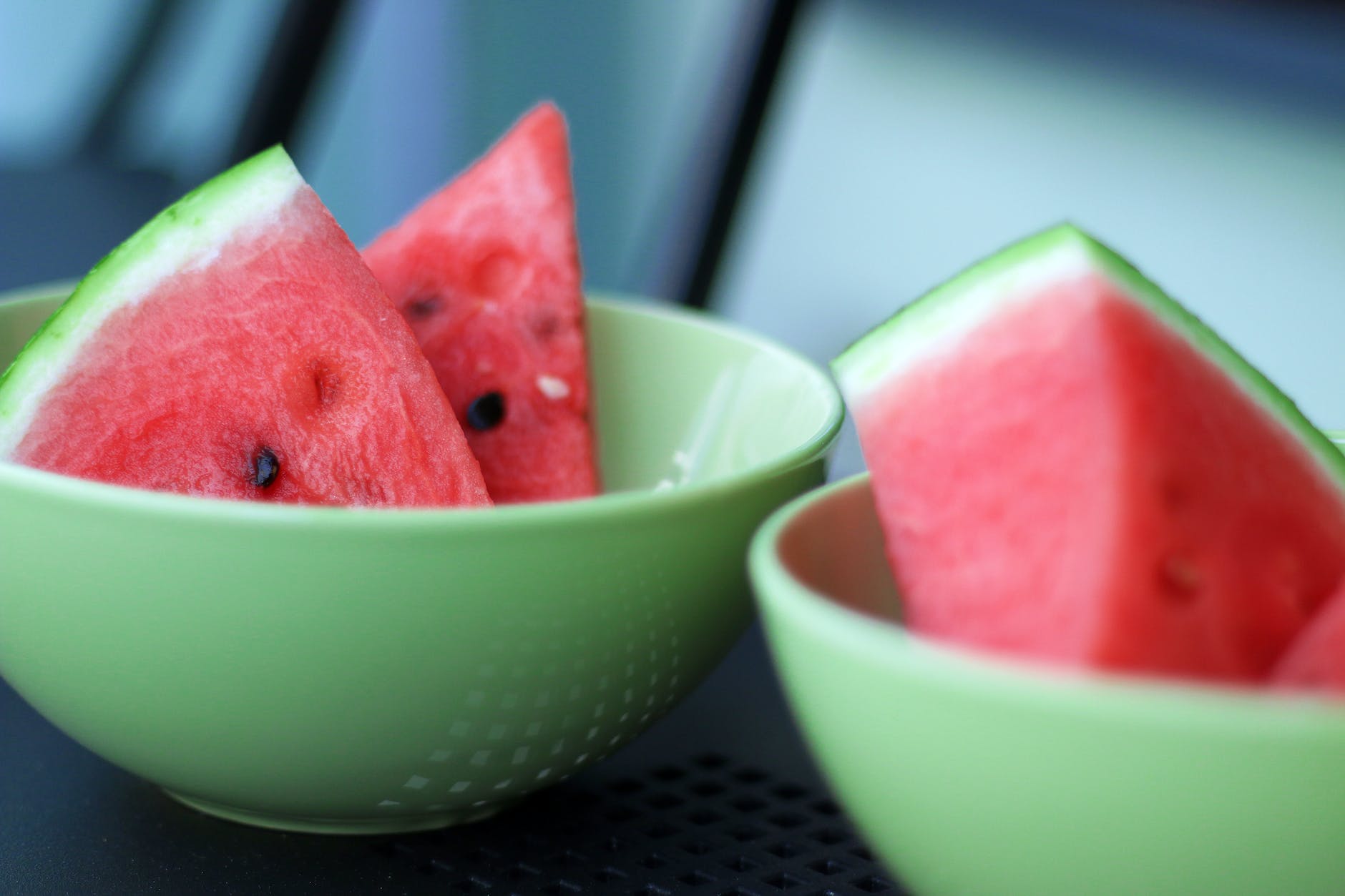
Hello, wellness enthusiasts! 🙋♂️
Today, we’re talking about a warm, comforting, and surprisingly effective ally in your weight loss journey—Ginger Lemon Honey Tea. This tangy and sweet tea isn’t just soothing for your throat; it can also help you shed some pounds and boost your overall health. Let’s dive in! 🍵🍋🍯
Why Ginger Lemon Honey Tea for Weight Loss?
This isn’t your regular cup of tea. Each ingredient in this magical brew—ginger, lemon, and honey—brings unique health benefits to the table, especially when it comes to weight loss. Let’s explore:
- Ginger: The Digestive Powerhouse 🌿: Ginger is known to improve digestion and increase satiety, which can help control overeating. It’s also a natural anti-inflammatory and can help improve metabolism and fat burning.
- Lemon: The Vitamin C Hero 🍋: Lemons are high in vitamin C, which has been shown to boost metabolism and promote weight loss. The acidity in lemon can also aid digestion, helping you to process food more efficiently and reducing the likelihood of weight gain.
- Honey: The Sweet Metabolism Booster 🍯: While sweet, honey can actually help with weight loss. It aids digestion and boosts metabolism, and can even serve as a healthier sugar alternative!
Preparing Your Ginger Lemon Honey Tea 🍵
Ready to brew your way to weight loss? Here’s how to prepare your Ginger Lemon Honey Tea:
Ingredients:
- 1 inch of ginger root
- 1 lemon
- 1-2 teaspoons of honey
- 1 cup of water
Instructions:
- Start by washing the ginger root and lemon. 🧼
- Peel the ginger root and slice it into thin pieces. 🌿
- Bring a cup of water to a boil and add the ginger slices. Allow it to simmer for 10 minutes. This helps extract the ginger’s nutrients. ⏲️💦
- While the ginger is simmering, slice your lemon and squeeze its juice. 🍋
- After the ginger water has simmered, remove it from the heat. Add the freshly squeezed lemon juice.
- Stir in the honey, ensuring it dissolves completely. 🍯
- Strain the tea into a cup. Sit back, relax, and enjoy your health-boosting Ginger Lemon Honey Tea. 😌🍵
Making the Most of Your Ginger Lemon Honey Tea 🥇
To reap the full weight loss benefits from your tea, here are a few tips:
- Start your day with it ☀️: Begin your morning with a warm cup of Ginger Lemon Honey Tea. It can kickstart your digestion and metabolism for the day.
- Sip before meals 🍽️: Having your tea about half an hour before each meal can help manage your appetite, preventing overeating.
- Pair with a balanced diet and regular exercise 🥗🏋️♀️: As with any weight loss strategy, Ginger Lemon Honey Tea works best when combined with a healthy diet and regular exercise.
- Consistency is key 🔑: Don’t expect instant results. Make it a part of your daily routine, and you’ll start to see the benefits over time.
In conclusion, if you’re looking for a soothing, delicious, and effective way to aid your weight loss journey, why not consider Ginger Lemon Honey Tea? This warm and comforting beverage could be the sweet addition your weight loss plan needs.
Feel free to share your experiences, thoughts, or any personal twists you’ve added to your tea in the comments section. Here’s to a healthier, slimmer you—cheers! ☕😊:













